Do you have a question about the Carrier X-Power VRF series and is the answer not in the manual?
Details risks of serious injury or death and mandatory wiring regulations.
Outlines risks of injury or equipment damage from improper actions.
Covers dealer consultation, electrical safety, proper installation, and unit servicing.
Addresses unit placement, disposal, and protection from environmental factors.
Details safety measures related to refrigerant leaks and fire prevention.
Specifies the intended use and environments for the air conditioner.
Identifies key external parts of the outdoor unit, including air inlets and outlets.
Explains how indoor units operate in cooling/heating and priority modes.
Describes system behavior when Heating Priority mode is set.
Describes system behavior when Cooling Priority mode is set.
Explains priority operation with VIP indoor unit (No. 63).
Advises preheating the unit and ensuring unobstructed air inlets/outlets for performance.
Details warm air delivery time and outdoor fan behavior in heating mode.
Explains the automatic defrost cycle and its effect on unit operation.
Specifies optimal temperature and humidity ranges for cooling and heating modes.
Lists conditions that trigger automatic unit shutdown for protection.
Guides on restarting after a power interruption or system mis-operation.
Discusses how outdoor temperature affects heating capacity and suggests auxiliary heating.
Initial steps for troubleshooting: contact dealer, check fuses, and foreign matter.
Identifies mist/water and unit hissing as normal operational sounds.
Explains causes for bad odor and blinking operation lights.
Lists reasons for automatic stops, such as timer settings or mode conflicts.
Troubleshooting steps for when the unit fails to start.
Diagnoses common issues leading to poor cooling or heating performance.
Lists error codes related to communication issues within the outdoor unit.
Details error codes for sensor failures and voltage protection.
Covers errors related to module mismatch, quantity changes, and protection outages.
Lists error codes for compressor-related protections like high pressure and current.
Details error codes for system-wide protections, including fans, bus, and phase errors.
Explains how to activate forced cooling mode with high fan speed.
Details the display contents and usage of the SW2 spot check function.
Provides meanings for various display items like unit address, operation mode, and fan speed.
| Type | VRF (Variable Refrigerant Flow) |
|---|---|
| Refrigerant | R410A |
| Indoor Unit Options | Floor Standing |
| Noise Level (Indoor Unit) | 45 dB(A) |
| Control System | Centralized Control |
| Communication | Wired |
| Operating Temperature Range (Cooling) | -5°C to 48°C |
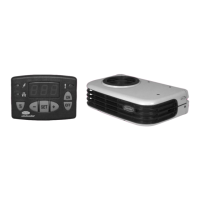

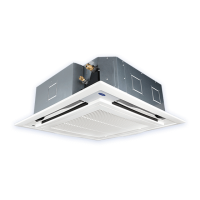
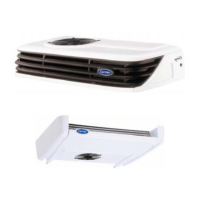
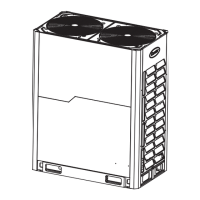



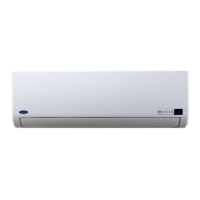



